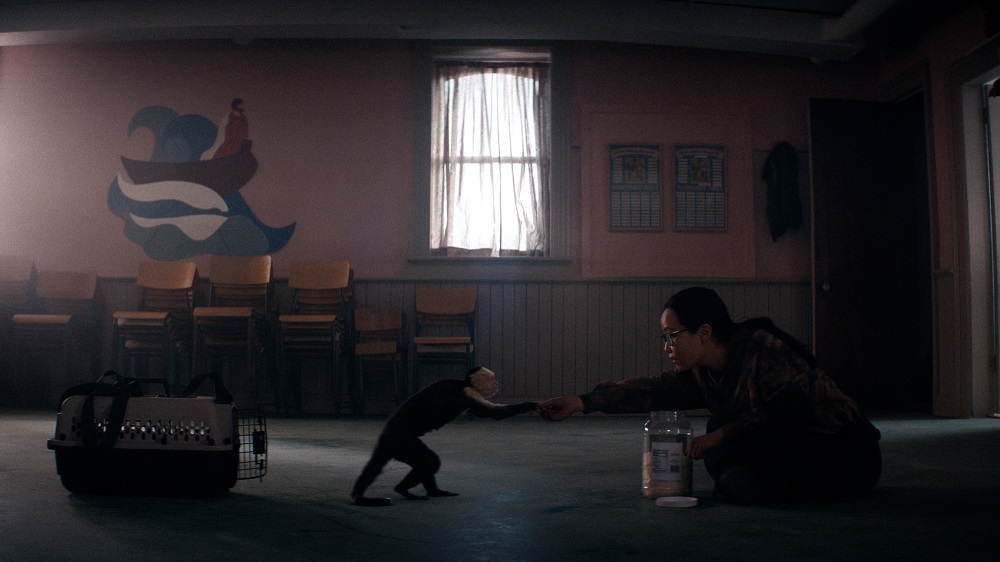
The parallel of an all-female crew perfectly aligned with FX on Hulu‘s post-apocalyptic drama, Y: The Last Man, where the Event decimated every mammal with a Y chromosome except for one cisgender man and his pet monkey, Ampersand. The series is based on the comic book series of the same name by Brian K. Vaughan and Pia Guerra. Through 10 episodes, we follow Yorick (Ben Schnetzer), who also happens to be the son of the newly appointed president (Diane Lane), as he and “Amp” team up with covert operative Agent 355 (Ashley Romans) to assure Yorick’s survival and keep him safe from some pretty pissed-off women on the way to a geneticist who may hold the key to why he survived the Event.
At the helm of this X-driven series is Director of Photography Catherine Lutes, CSC, and Production Designer Alexandra Schaller. Canadian-born Lutes studied film in school and quickly zoomed in on cinematography. She began her career shooting television commercials, music videos, documentaries, and art installations. She received a Canadian Screen Award in 2020 for the Netflix/CBC series Anne With An E. London-born Schaller, who makes her home in New York City, began her design journey in art school studying sculpture and furthered her studies in theater design. She honed her craft with the immersive hit, Sleep No More. Her first film project was the visceral horror project Devoured. Other notable projects include The Get Down, Maggie’s Plan, Custody, Little Voice, and After Yang.
These two talented ladies combined their forcible talents throughout the Covid-19 epidemic. That alone posed several challenges due to last-minute changes in protocol; throwing lighting and design curve balls which also brought them closer together navigating the unknown.
Below The Line spoke with Lutes and Schuller from their respective homes via Zoom. They discuss creatively lighting the darkness without power which doesn’t exist in this world, the design schemes for indoors vs. exteriors, and how they clicked with Eliza Clark, who developed the series for television and also served as showrunner and executive producer. They also reveal a secret that posed an amusing challenge.
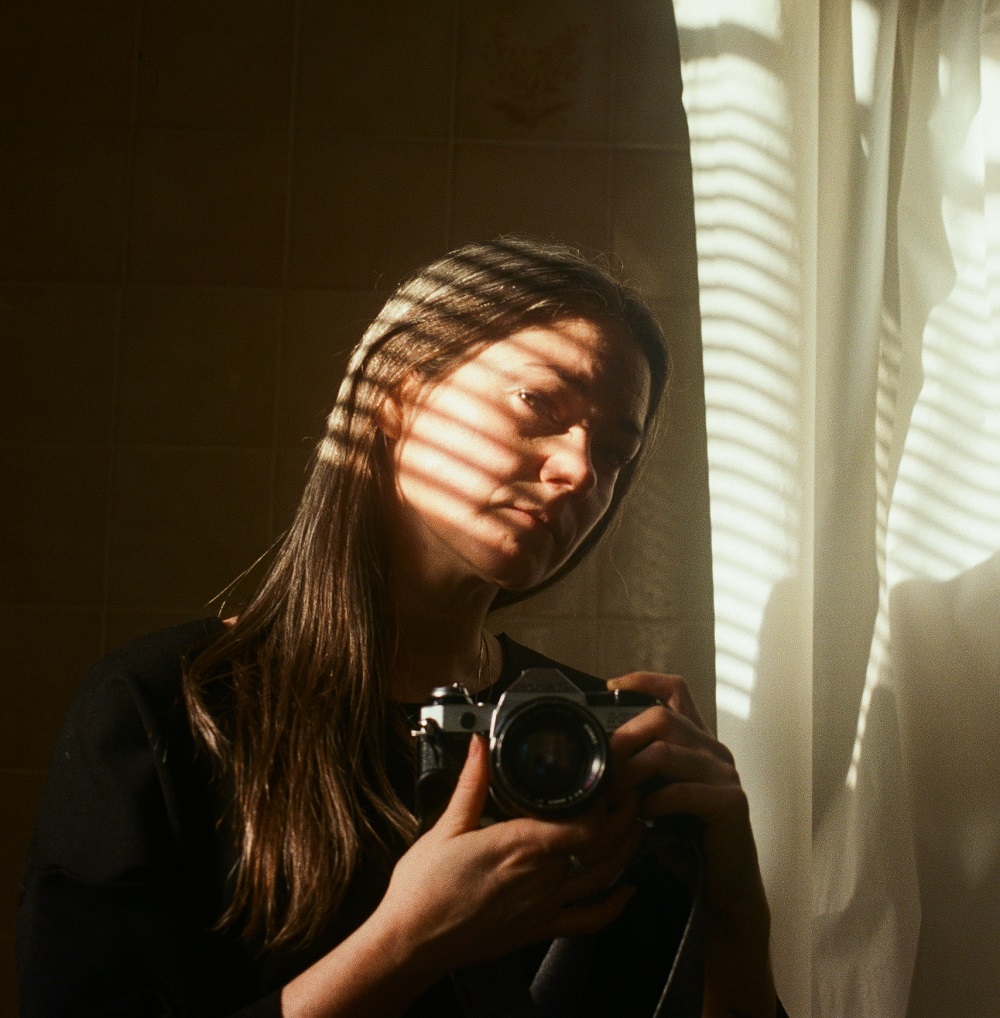
Below The Line: What attracted each of you to the project?
Catherine Lutes: I was really drawn to it because of the comic books. Once I heard about it, I started reading them and then binge-read the entire series in a couple of days before my interview and was very excited.
Alexandra Schaller: Like Catherine, I read the graphic novels when I heard there was a project and I was super drawn to creating this world. One of the things that really drew me to the project was the showrunner Eli (Clark) and her vision for the world and how electric and dynamic and interesting and smart she is, and how layered she wanted the world to be.
BTL: How did you collaborate with each other?
Lutes: The collaboration came pretty easily. I think we were on the same page. There was an interesting dynamic for me as a cinematographer, being that there was no power in a lot of these locations. There was some selected power in the Pentagon, and then we sort of find later on in the series how they figure out how to get some power. So, there were a lot of discussions about what Alex is building and designing and how do we get some light into these spaces and keep it feeling natural.
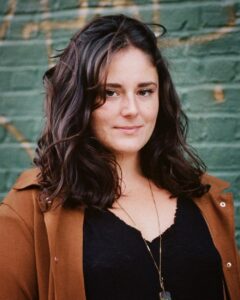
Schaller: On every project, the production designer/cinematographer collaboration is really important but on this one especially. This is such a massive show in terms of the scope and world, but also the number of environments because our characters are traveling across the country. I was often pre-scouting locations and building things ahead of time, and presenting my findings to Catherine and we would flesh out the ideas. The world-building is important in how much we want to see and how much we want to capture the world. As designers, the set should look beautiful for people walking into it, but really it is to serve the camera work. It’s been two years almost to the day since I started, but working so closely with people for so long we kind of become family in a way.
BTL: Let’s talk more about the challenges of lighting those dark spaces and using a flashlight as your only source of light in some of those scenes?
Lutes: We knew there would be a lot of darkness, so where did we want to lighten things up and where did we want to bring in shades and tones. We had a lot of scenes with flashlights and small lights and lanterns and a lot of fire. I had done Anne With An E, which was placed in a period where there also is no power, so there was a little bit of that experience built-in, but in this one, we got to move into more modern technology with flashlights and cell phones until those batteries died.
Schaller: We had makeshift plastic bottle lights, which kind of allowed us to put ourselves in the shoes of the characters and create what they would have created in the world.
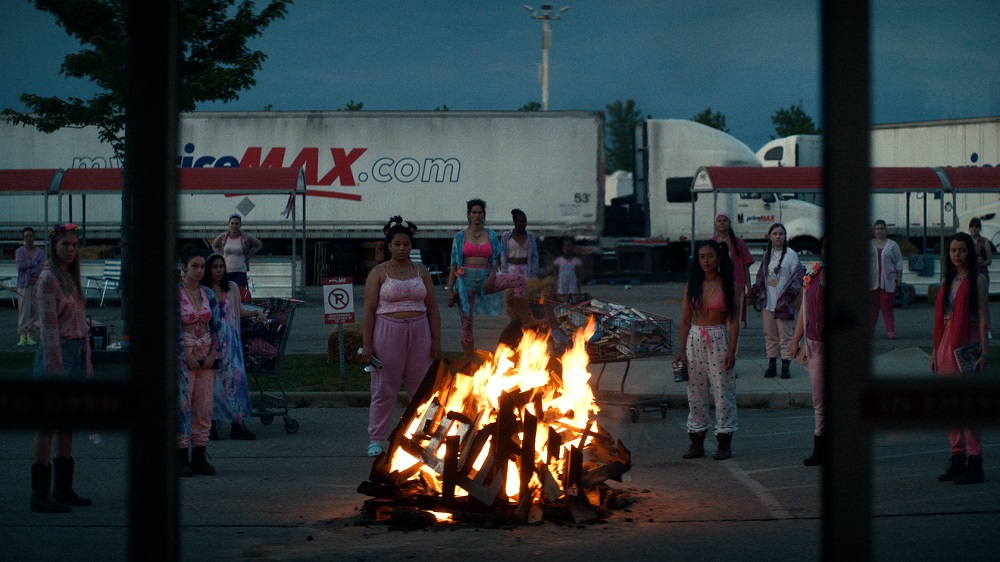
BTL: What was your favorite scene to light and design?
Lutes: One of our favorites was in the PriceMax. We were trying to figure out something that wasn’t just candles in the ritual moment. We looked at people online who were these survivalists who had headlamps wrapped around water jugs to try to create a lantern effect so we ran with that. It was kind of a unique, cool, weird little set-piece.
Schaller: From a design perspective, it’s also in service of the light. It’s picking locations and building sets and incorporating opportunities for windows and skylines and imperfections in things so [that] light would shine through cracks in a particular way.
BTL: Can you discuss outdoor locations vs. indoor ones and how that affected your creative choices?
Schaller: The challenges were that there were so many of them. Through our main trio, we are traveling across the country and we’re seeing all these different worlds of women and each of them is unique. One thing we talked about a lot was what would differentiate each of those environments. For instance, this idea that the lighting and the power being essential to the show, the Pentagon is a set that we built on a stage so we were inside but really focusing on the electricity. The Pentagon has very few windows so there is very little natural light contrasting to the outside world so we had to use big glass overhead light to highlight who has power as in electricity but also in dominance.
BTL: What were the major curveballs that were thrown at you during production?
Lutes: From a logistic point of view, some of the location scouting was quite difficult considering the pandemic. There were locations that were not available or didn’t want people in there shooting. There were a lot of curveballs thrown constantly with the Covid element. In Ontario, where we were shooting, there were regulations that kept changing. In episode 102 “Would The World Be Kind,” we were planning the exterior of the Pentagon and it was supposed to be an encampment of thousands of people with extras and, finally with the changes in protocol, it was only about 30 people that you were allowed to have there. It became a collaboration with Alex designing how do we fill the space so it feels like a lot of people.
Schaller: The exterior Pentagon set was created in an empty parking lot. We did a lot of pre-vis to firstly convince everybody, because they thought I was mad! I had to show them, but there was nothing there. We found this parking lot to a stadium, and so we based our entrance around the place where you would drive in and pay for your parking and built it from there. Because of the lack of physical people and extras, we filled it out with tents and vehicles, and tanks. Apropos to the light/power thing, we also had fire barrels that were placed strategically to be smoking or casting light.
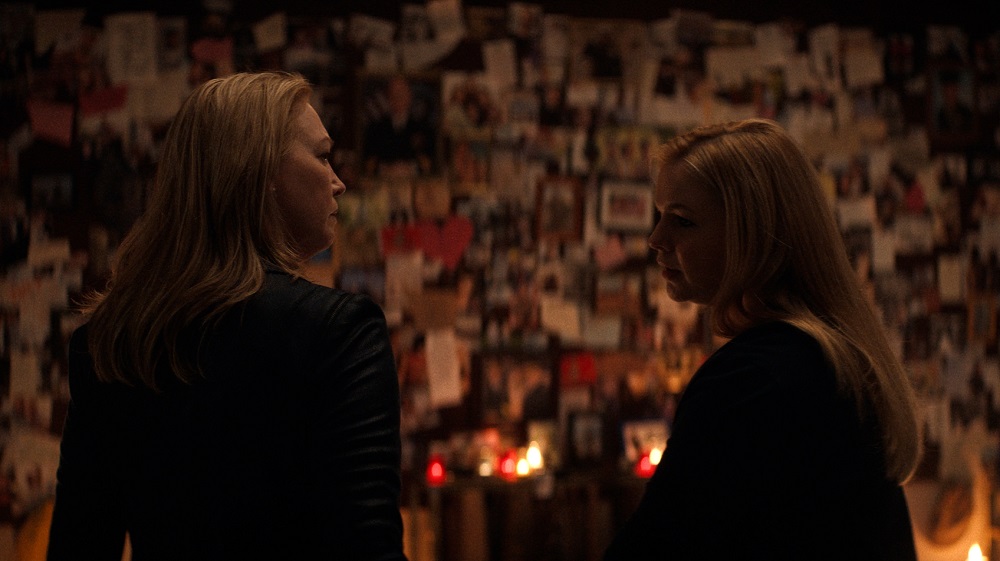
BTL: How did the fact that mostly women were working on this parallel with the world without men?
Schaller: I don’t think any of us are ever going to have an opportunity to work in this way ever again. It was a very different power dynamic that was kind of subtle. There was no aggression. Things sort of worked themselves out in different ways than when it isn’t just women. This idea of the female gaze and how a show being made by women and the point of view being a very subjective one.
Lutes: I thought it was interesting bringing our own sensibilities to the story. In the beginning, because we got shut down during Covid, we were all in touch with each other so we did talk a lot and shared our own experiences and where we were coming from. Even if it doesn’t fully translate directly into the show, I think there’s something nice about that mentality being brought to the show. While we were having these conversations on Zoom about whether or not the characters should be wearing makeup, here were me, Alex, and the showrunner wearing our pajamas and no makeup. (laughs). What you find important when things are stripped away was an interesting kind of parallel going on.
BTL: What was it like working with the Capuchin monkey Ampersand that is Yorick’s faithful companion?
Lutes: The monkey was completely VFX. Disney, who owns FX, has a no primates on set rule. In retrospect, it probably saved us some time to not have a real monkey on set. The puppet Amp cracked me up without fail every time. Ben [Schnetzer] did an amazing job interacting with nothing. I’m amazed hearing people were totally convinced that was a real monkey. I’m a VFX skeptic so, going in, I wasn’t so sure and he looked great.
Schaller: I would say making a VFX monkey who looks so realistic is very expensive. I would say there’s even more props to Catherine and me, because since the monkey was so expensive, a lot of the effects resources were going towards that, and so we were really trying to do things in-camera practically as much as possible. So we worked closely on burning and fire and using the set to create fullness rather than only relying on VFX.
BTL: How do you hope your work has affected audiences in terms of what they come away with after seeing the first season?
Schaller: We had a lot of conversations about the world feeling naturalistic and real so that it would allow an audience to imagine what it would feel like, and not just this graphic novel alternate universe. I feel like it’s a show that asks a lot of questions and sometimes audiences want answers so I hope they take those questions and let their imagination run. What we would also like is for the audience to want more. The beginning of the show is a bit of a slow burn and we’re in the supernaturalistic apocalyptic world but then slowly, as the season unfolds, we always talked about adding little oddities and idiosyncrasies to the world.
Lutes: It’s an interesting show tone-wise because we really wanted the beginning to set a realistic tone with what this would feel like with all these people dying and half the population is gone. As things progress and as people normalize with the world they’re living in, these new dynamics start to arise, so the show evolves with that, and there becomes elements of humor and elements of friendship and these new things form out of it so it would be nice to see it keep going.
The first season of Y: The Last Man is available to stream on Hulu.
All photos courtesy FX, unless otherwise noted.





